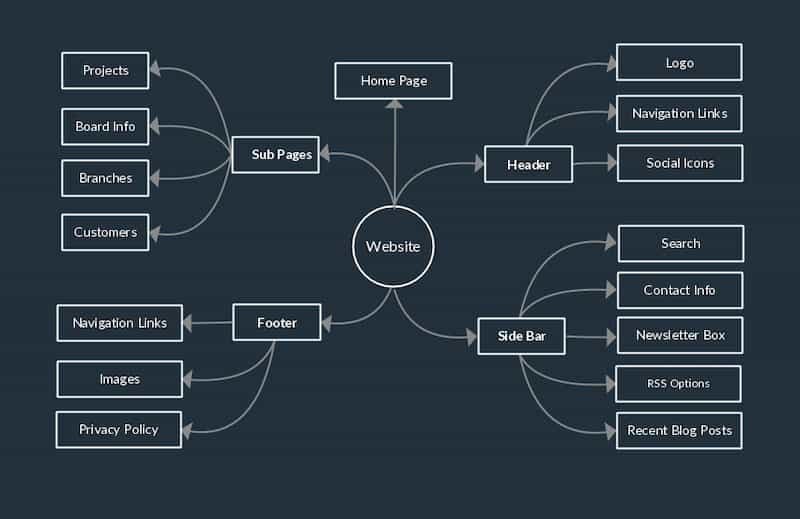10 Easy Steps to Make a Website in 2021 (Ultimate Guide)

With the rise of social distancing and the work from home economy, more businesses are moving online and building their own websites. In fact, there are nearly 1.5 billion websites in the world today.
One big reason is that the barrier to entry is low and there are easy ways to make a business website with no coding knowledge required. With numerous website builders available, the process is now pretty easy and you don’t need a web developer.
A dedicated website offers many advantages over channels like Facebook and Instagram, allowing your business to showcase all the brand elements the way you want.
It also provides a steady flow of information to interested consumers and lets you influence their buying process.
With a business website, you can:
- Announcing news and updates.
- Offering discounts and promotions.
- Providing your address and contact information.
- Giving customers a way to contact you via a contact form.
- Showcasing the services you offer.
- Displaying your products.
- Generating leads.
- And many more.
To help you get started, I wrote this detailed guide to help you create a website in 10 easy steps. This guide covers how to make a website with Wix, as well as other alternatives like Squarespace, Weebly, and WordPress.
This ultimate guide includes everything from planning and setting up your site to publishing your website and attracting your first customers.
Let’s get started.
1. Plan Your New Website.
As the famous saying by Antoine de Saint-Exupery goes, “A goal without a plan is just a wish.”
It’s pretty simple: you need to have a plan before building your website.
A proper plan can help you design the important elements of your website that you can’t afford to forget.
At this stage, you should start brainstorming and thinking about things like:
- The pages and sections of your website that are essential (your sitemap).
- The main focus area of the website.
- The topics you want to cover
- Your design and color considerations.
- Headings and subheadings required.
- Header, footer, sub-pages, and sidebar design.
- Your home page images and messaging.
One great way to approach this planning is to draw mind maps of the entire website-making process.

Here are the steps that can help you achieve it:
- Write a simple outline of the pages that you want to include on your website.
- Visit and study in detail the website of your peers and immediate competitors. For example, if you want to start a new ecommerce store, you should search for terms in your niche and find competitor websites. Then take a look at their messaging, layout, and pricing.
- Open a spreadsheet and take notes about the keywords you want to target, the pages you’ll need, your target audience, and unique value proposition.
- Perform SEO research on relevant keywords and how to incorporate them into your website to drive more organic traffic. I cover this in-depth in my ultimate guide to starting a blog for beginners.
Remember, visitors are impatient and need to understand what your website is all about at a quick glance

1 Comments
approaches the boundary, the collar emits electronic fence system a warning beep, followed by a mild static correction if the dog continues closer.
ReplyDelete